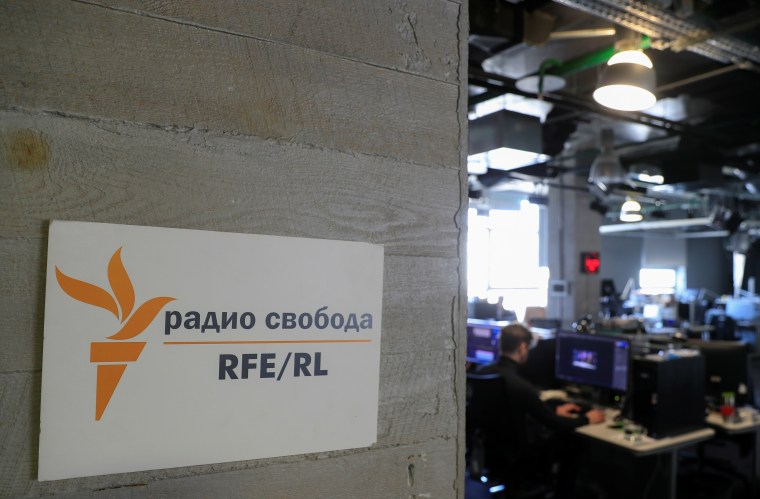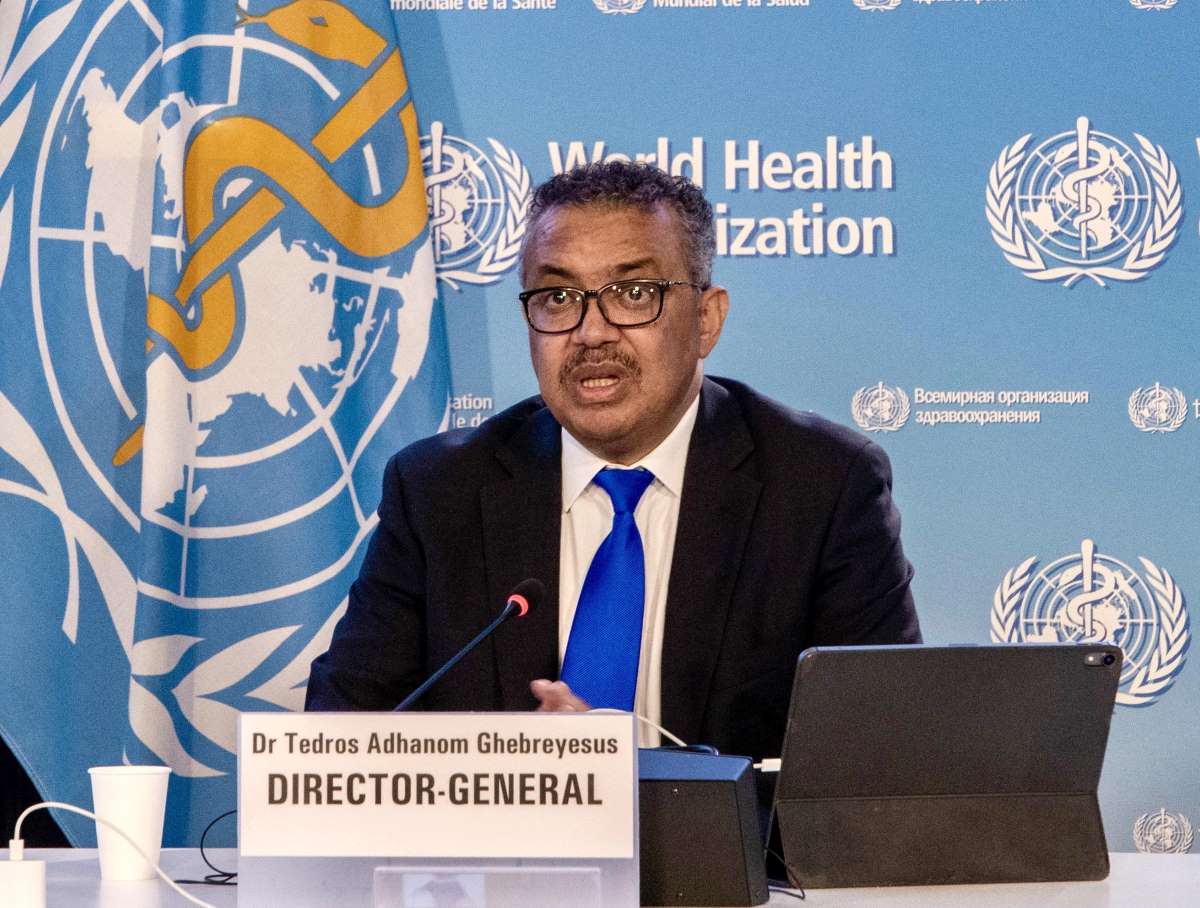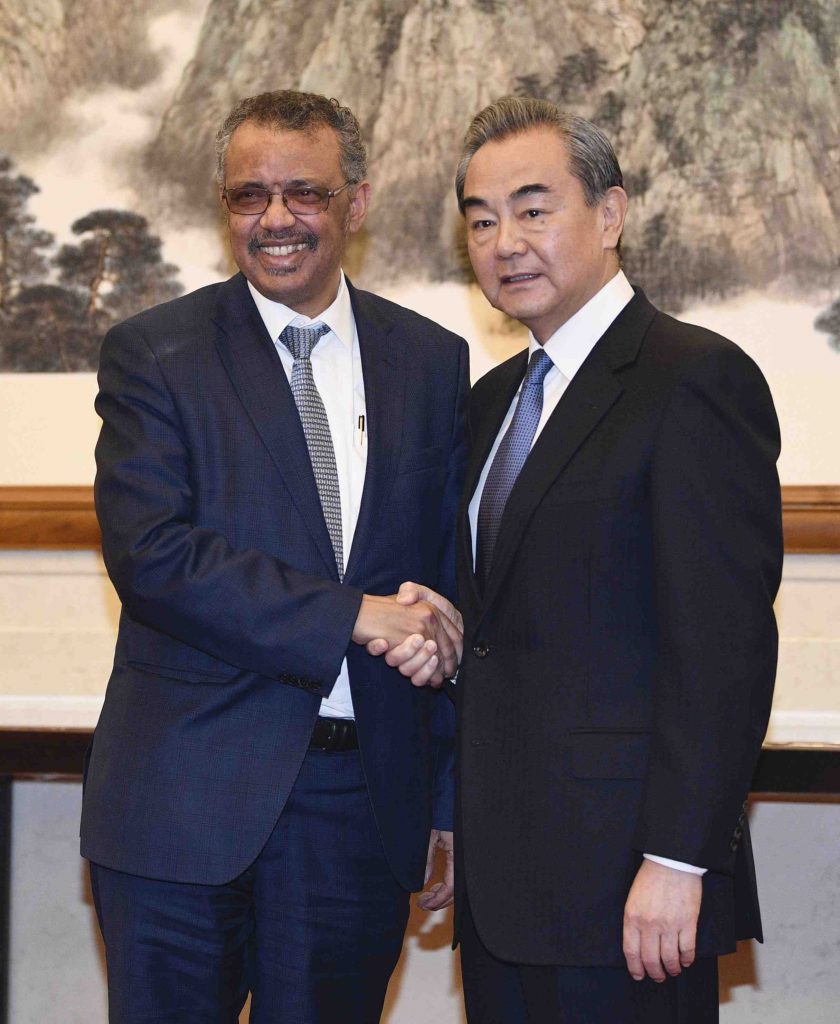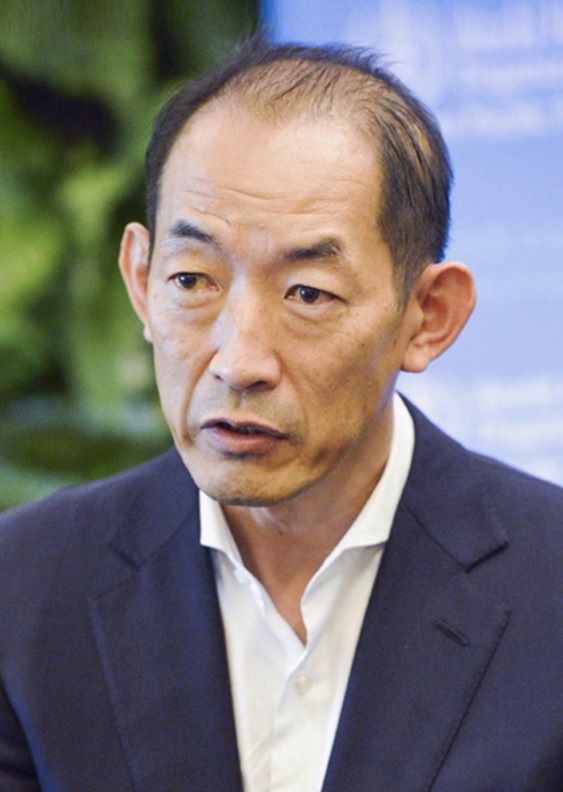Philippine wealth fund provides 'make or break' test for Marcos
Amid opposition and historical baggage, president eyes foreign investment

Philippine President Ferdinand Marcos Jr. is promoting the Maharlika Investment Fund with an eye on his legacy, some observers say.
CLIFF VENZON,
MANILA -- During a breakfast meeting at the World Economic Forum in Davos in January, Philippine President Ferdinand Marcos Jr. told corporate executives about the reserves his heavily indebted country has sitting in commercial and government banks.
"We need to find a way to make that money work for us," he said to the assembled guests, among them representatives of Morgan Stanley and Sequoia Capital, as he made his case for his country's first sovereign wealth fund.
"The sovereign wealth fund would be a good idea to leverage what assets the government has," Marcos said according to a statement from his office.
Some say that Marcos, who has been in office for less than a year, is keeping an eye on his legacy as he pushes his signature economic policy, the Maharlika Investment Fund, currently worth about $2 billion. He envisions the fund as a vehicle to attract large foreign companies and help bankroll infrastructure development.
After talking up the plan in Switzerland, Marcos pitched the fund in Japan in mid-February. As he ended his five-day official visit to Tokyo, the president said three Japanese groups had pledged to invest in the fund.
But after the president returned home, his optimism collided with his country's reality. Opposition stemming from fears of financial risks and corruption has overshadowed Marcos' bid to set up a fund he believes would drive an economy that in recent decades has been overtaken by those of the Philippines' Southeast Asian neighbors.

The proposed law seeking to establish the fund drew controversy as soon as it was filed late last year. Labor and business groups said the plan was ill-suited to the Philippines, a country with high levels of external debt and budgetary shortfalls. Unlike typical sovereign wealth funds created when countries have budget surpluses, the original bill enlisted pension funds -- the Government Service Insurance System and the Social Security System -- to seed over half of the 275 billion peso startup fund.
Still, Marcos designated the bill as priority legislation, paving the way for its approval more than two weeks after it was filed. The House of Representatives railroaded its passage in December, with 90% of lawmakers signing off as co-authors in a show of loyalty to Marcos.
Yet the congressional rubber-stamping did little to improve public perception of the fund. "It left a bad taste in the mouth for many people," said Froilan Calilung, who teaches political science at the University of Santo Tomas in Manila.
Even Marcos' allies in the Senate, which is deliberating a proposed law that would institutionalize the fund, have questioned the bill in its current form, which mandates state-owned banks and the country's independent central bank to provide the bulk of Maharlika's initial capital.

But despite opposition and the history of corruption by the president's family, the son and namesake of the late dictator is pressing ahead.
A successful wealth fund could be a signature achievement for Marcos, potentially providing a face-lift for this family's legacy, which many in the country associate with corruption, Calilung said.
"This is a defining moment for Marcos to set a new image for the Marcoses," Calilung said. "It's a make or break; that's why he is taking a big risk on the wealth fund."
By pushing for Maharlika, Marcos is staking his political capital on the controversial fund, said Bob Herrera-Lim, an analyst at U.S. consultancy Teneo. "If something goes wrong with Maharlika -- whether it underdelivers or there is a problem with it -- he will own that problem," he said.
"The problem is Maharlika -- despite its well-meaning intentions and its well-written language -- will be vulnerable to the general weaknesses in institutions and governance in the Philippines," Herrara-Lim added.
Since his historic electoral victory in May, Marcos has vowed to transform an economy struggling to recover from damage wreaked by prolonged lockdowns during the coronavirus pandemic. A pillar of those plans is a comprehensive infrastructure program. Marcos on March 9 approved a roster of 194 "flagship projects" worth about 9 trillion pesos ($163 billion).
He said Maharlika will invest in the kind of large-scale infrastructure that his country sorely needs, such as roads and railway systems.
"We're talking about energy, we're talking about infrastructure, we're talking about agricultural development, we're talking about digitalization," Marcos said in Davos. "So all of these will need a great deal of support."
He has also made assurances that Maharlika will be different from 1MDB, the graft-laden Malaysian wealth fund set up by former Prime Minister Najib Razak and used for illicit financial transactions. "We will only deploy funds when there is a very specific project to be paid for," Marcos has said. "So money laundering just won't come into it."

Michael Maduell, president of the U.S.-based Sovereign Wealth Fund Institute, a research firm, said that, to work, a wealth fund for the Philippines "needs to have a clear mission, detailed transparency, and a robust corporate governance structure if it wishes to prosper and grow."
For some analysts, Maharlika doesn't meet these requirements. The approved House bill, which was later adopted by the Senate, removed the pension funds as contributors. It instead mandates two state lenders -- the Land Bank of the Philippines and the Development Bank of the Philippines -- to shoulder the bulk of the required capital, in addition to central bank dividends and gaming revenue.
Proponents of the Maharlika Investment Fund point to wealth funds that have helped neighboring Southeast Asian nations' economic development. The Philippines "is long overdue" for its own fund, Finance Secretary Benjamin Diokno has said.
Singapore, a city-state that is slightly bigger than Metro Manila, has managed to build GIC as one of the world's largest funds, with $690 billion in assets under management, according to the Sovereign Wealth Fund Institute. The Indonesia Investment Authority, which is becoming the template for what the Philippines is working on, has recorded roughly $30 billion in co-investment commitments, including from China's Silk Road Fund, since its launch in 2021.
Temasek, Singapore's other state-owned investor, has invested in DBS Bank, Singapore Telecommunications and Singapore Airlines, which have become Southeast Asia's leading players in their respective sectors. But Temasek also suffered "reputational damage" when it wrote down $275 million it had invested in a bankrupt cryptocurrency exchange.

As the Maharlika bill made headlines late last year, speculation swirled as to what Marcos hoped to accomplish with it. Maharlika's planned investment portfolio covers everything from bonds and currencies to infrastructure, but the Marcos administration has not clearly articulated its objective.
Finance officials say the fund is both developmental and commercial. But the ambiguity at the core of its mission could confuse the private companies looking to bid for infrastructure projects under the government's public-private partnership program, Herrera-Lim said.
Analysts say the apprehensions surrounding Maharlika hark back to the presidency of Ferdinand Marcos Sr., whose statist economic policies bred inefficiency, corruption and cronyism that contributed to the economic crisis of the 1980s.
"The history of the first Marcos presidency will always be part of the baggage of his son's administration, fairly or unfairly," Herrera-Lim said.

Maharlika's defenders say the fund will be subject to layers of oversight, even as it would -- like private companies -- enjoy exemptions from laws that seek to ensure transparency in procurement and affairs of similar government corporations.
With only two opposition senators in the 24-member chamber, analysts say the Maharlika Investment Fund bill is likely to be approved, possibly with significant tweaks. Its leadership would then need to take on the challenge of attracting investors and implementing projects.
Responsibility for these challenging tasks would fall squarely on the president, and the fund could provide a barometer for the success of his administration, the analysts say.
"Marcos has put his name behind Maharlika," Herrera-Lim said. "If it fails to gain ground because of resistance from Congress, or is hobbled by badly designed legislation, then it would reflect negatively on his ability to push forward his programs."
Additional reporting by Tsubasa Suruga in Singapore and Erwida Maulia in Jakarta










